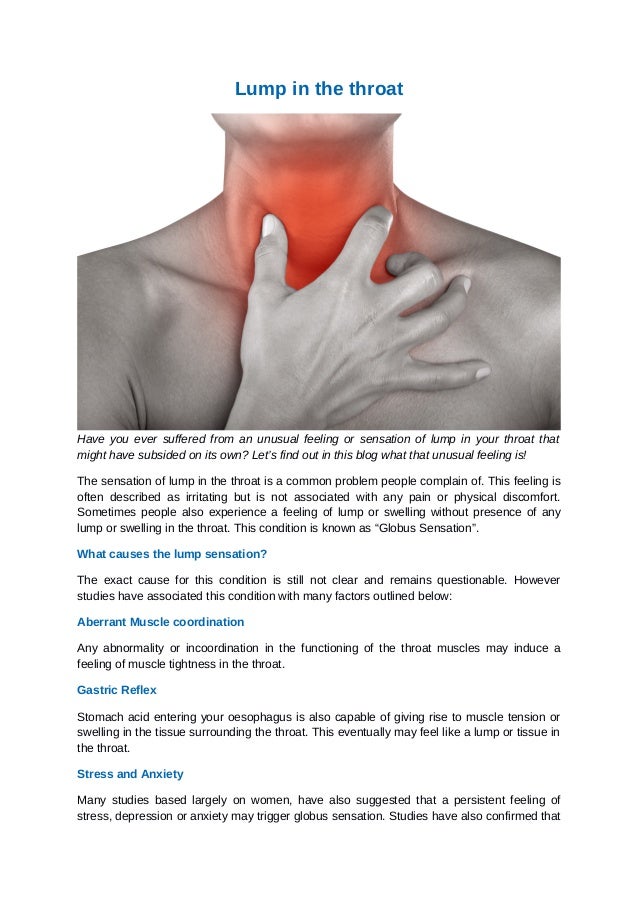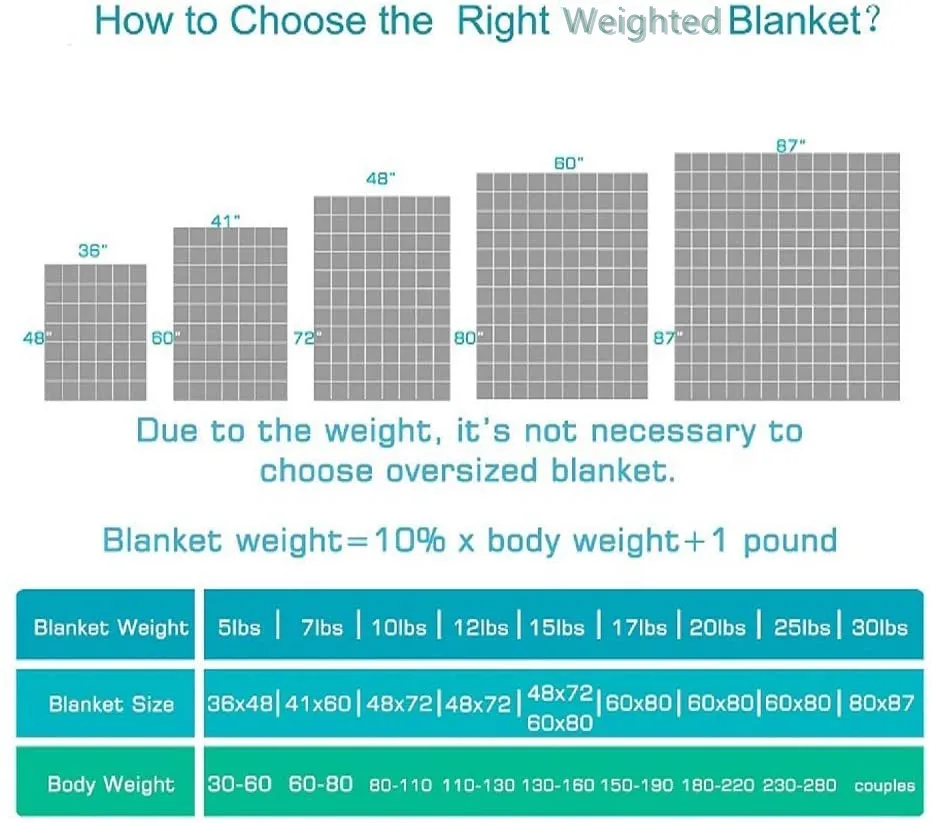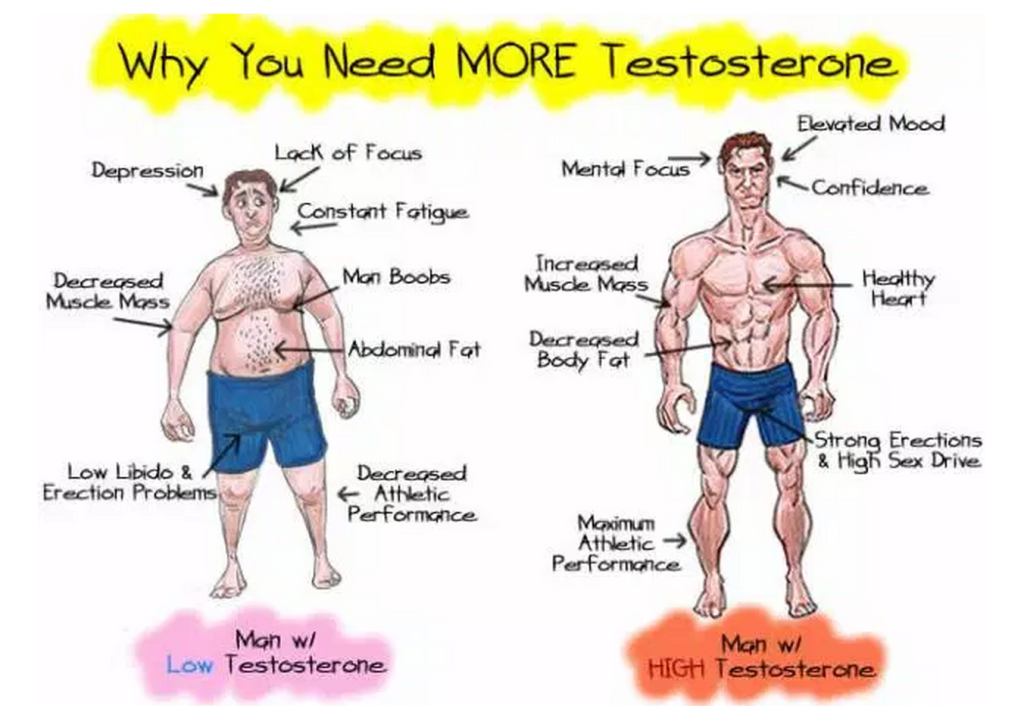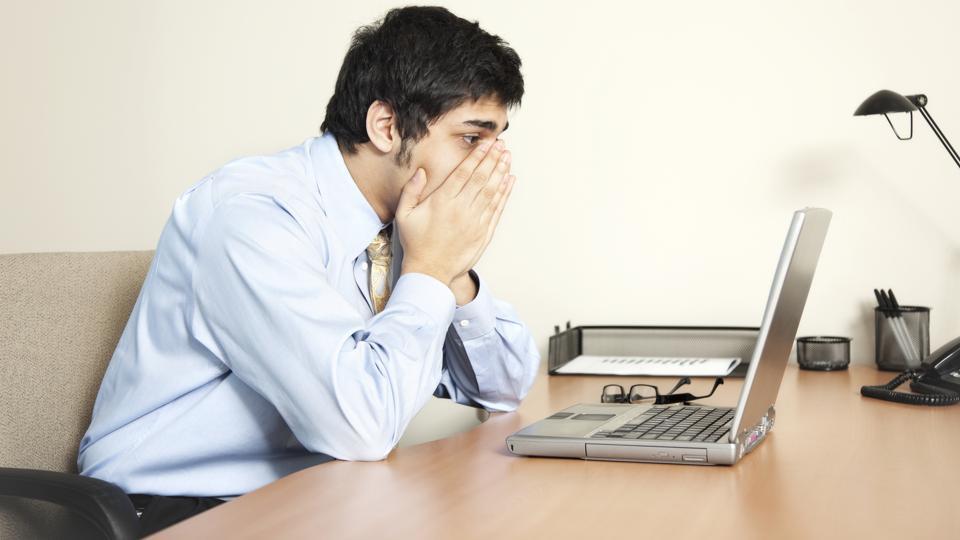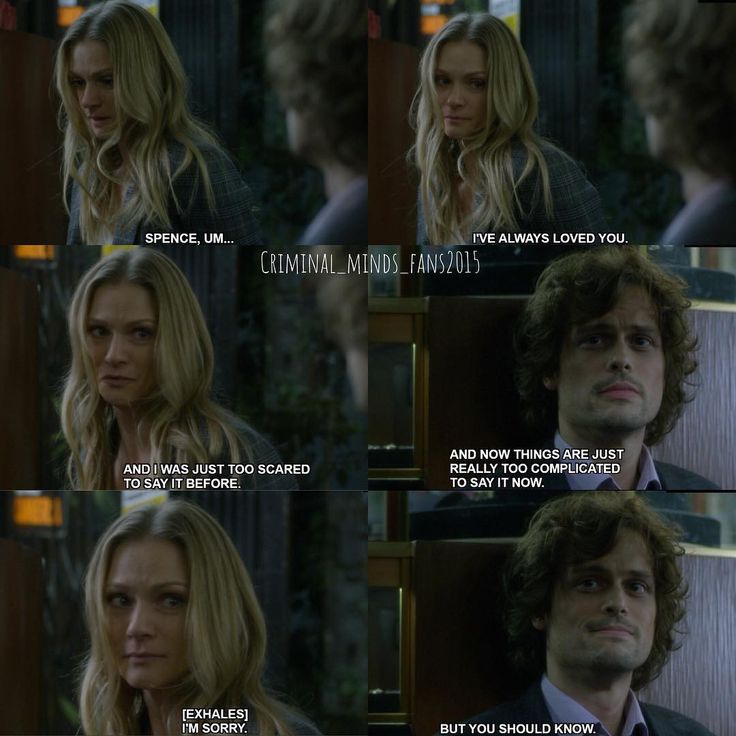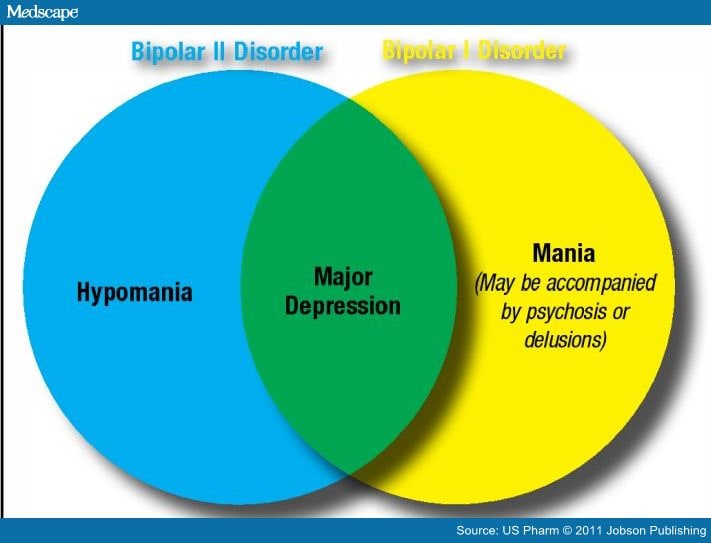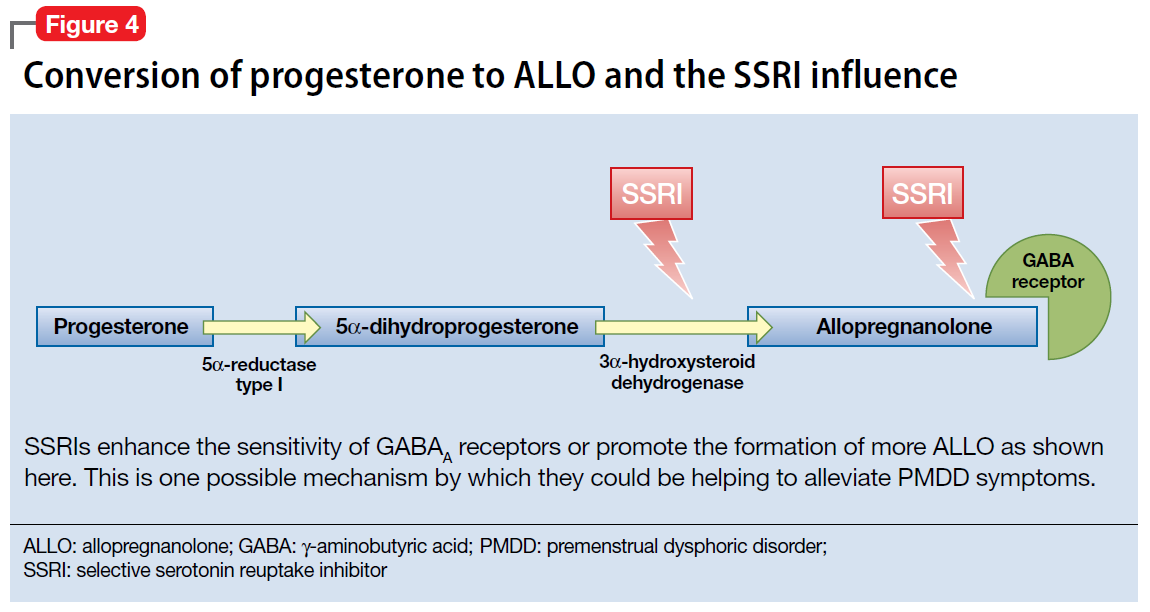Panic attack vertigo
Anxiety Attacks Caused by Vertigo
Home > Eye Care > Anxiety Attacks Caused by Vertigo
When vertigo happens, panic can often set in because people experiencing vertigo feel a loss of control. Vertigo is a condition that can be triggered by a change in the position of the head. The person experiencing vertigo may feel like the head is spinning, tilted or swaying. They may feel unbalanced or pulled to one direction. Given the experience of sudden disturbances related to visual motion, photosensitivity and optic flow, a person experiencing vertigo naturally feels anxious and afraid.
An intense vertigo experience can also trigger anxiety attacks. People who are prone to experience vertigo can have an attack in places like the mall or supermarkets. Such places have a lot of sensory input and strong lighting. The person cannot sort out all the stimulation from the sensory stimuli because the eyes do not recognize them. This can lead to eye strain and intense headaches like migraines, as well as a feeling of swaying or motion as the eyes are unsteady.
Vertigo can be caused by factors ranging from damage to the ear to binocular vision dysfunction. A person with binocular visual dysfunction struggles with visual sensory input. This person can often feel very uncomfortable in a moving vehicle where there is a lot of stimulation on the side, and a sense of loss of control and perspective.
When you have binocular vision dysfunction (BVD), eyes are not aligned properly. This misalignment can be very small and go undetected in a regular eye exam. The eye muscles strain to overcome the difference and to work together as a cohesive, integrated system to see an object in a unified way. This strain leads to migraines and intense discomfort. The person suffering from BVD also may experience dizziness, disorientation, headaches and general discomfort.
Vertigo TreatmentVertigo can often go away just as quickly as it came. However, it can be debilitating when it occurs. It can also be frightening and lead to anxiety attacks. Your doctor may prescribe medication or offer advice to deal with the aftereffects of a vertigo experience. However, a proper diagnosis is the most effective vertigo treatment. Get help to prevent further vertigo experiences and understand the cause.
Your doctor may prescribe medication or offer advice to deal with the aftereffects of a vertigo experience. However, a proper diagnosis is the most effective vertigo treatment. Get help to prevent further vertigo experiences and understand the cause.
Proper diagnosis with specific tests can help detect such subtle misalignments, preventing discomfort that impacts reading and learning. We offer such specialized examinations at the Neuro Visual Center of New York, where Dr. Cheryl Israeloff ensures that all our patients receive proper diagnosis and treatment.
Contact Us TodayIf you are experiencing vertigo and/or symptoms of visual sensory overload, you may be suffering from binocular vision dysfunction. Give us a call at the Neuro Visual Center of New York at (516) 224-4888. Get the best vertigo treatment preventatively after a specialized eye exam at our center. You can also fill out our questionnaire online. Our staff will promptly contact you with your results.
Category: Eye Care
About Dr. Cheryl Berger Israeloff
Dr. Cheryl specializes in the optometric treatment of dizziness and headaches utilizing the Feinberg method. She is the only practitioner in the state of New York trained by Dr. Debby Feinberg of Vision Specialists of Michigan. Dr. Cheryl is a graduate of Cornell University and SUNY College of Optometry.
Dizziness and panic disorder: a review of the association between vestibular dysfunction and anxiety
Review
. 1998 Jun;10(2):75-80.
doi: 10.1023/a:1026167000066.
N M Simon 1 , M H Pollack, K S Tuby, T A Stern
Affiliations
Affiliation
- 1 Department of Psychiatry, Harvard Medical School and Massachusetts General Hospital, Boston 02114, USA.
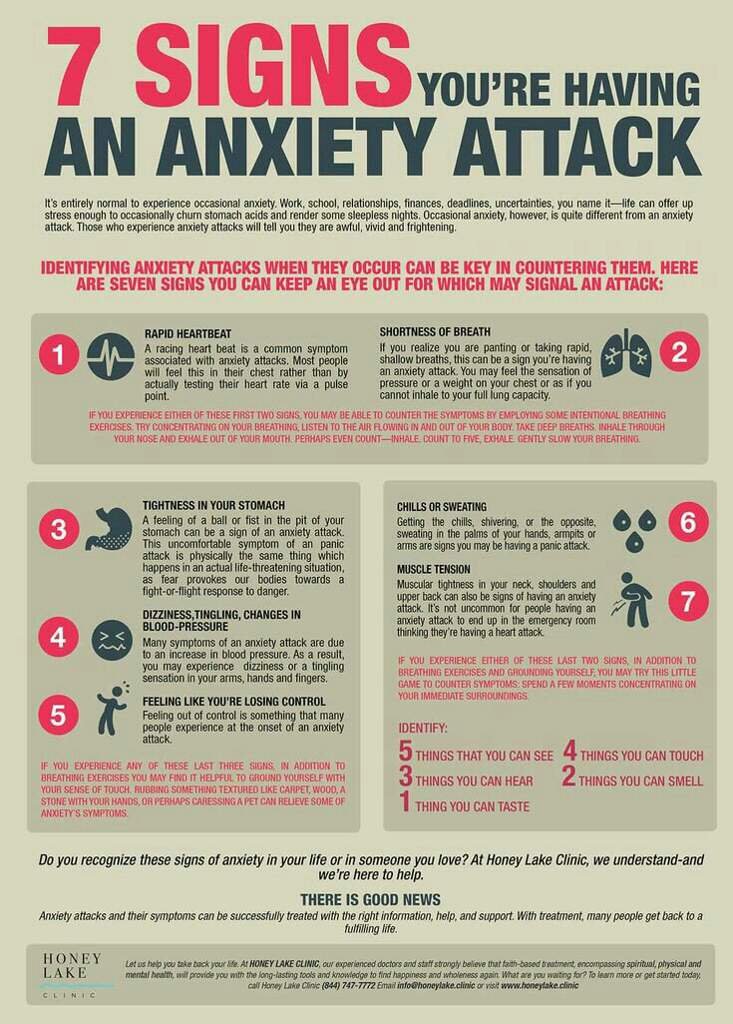
- PMID: 9669539
- DOI: 10.1023/a:1026167000066
Review
N M Simon et al. Ann Clin Psychiatry. 1998 Jun.
. 1998 Jun;10(2):75-80.
doi: 10.1023/a:1026167000066.
Authors
N M Simon 1 , M H Pollack, K S Tuby, T A Stern
Affiliation
- 1 Department of Psychiatry, Harvard Medical School and Massachusetts General Hospital, Boston 02114, USA.
- PMID: 9669539
- DOI: 10.
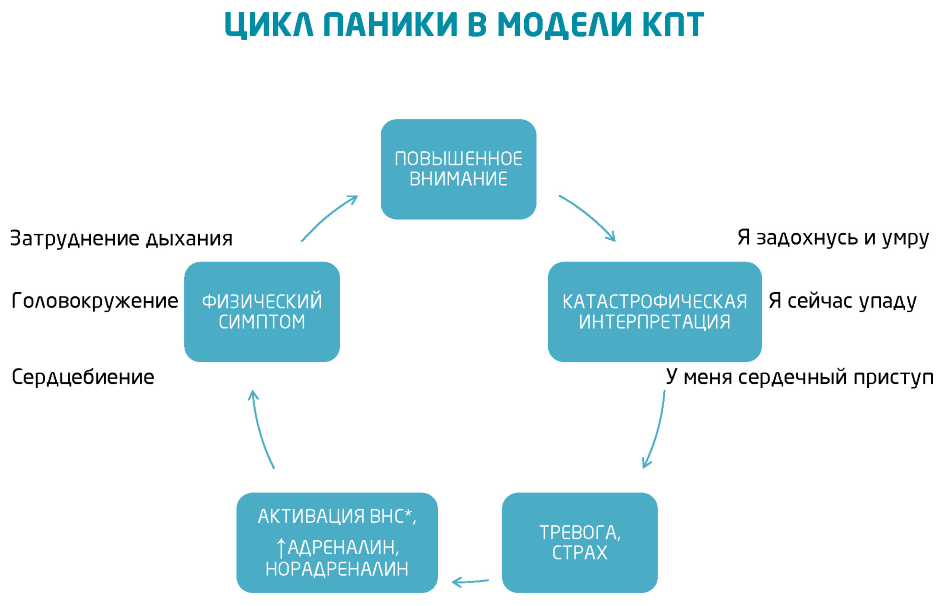 1023/a:1026167000066
1023/a:1026167000066
Abstract
Dizziness is a common and costly condition that causes significant distress and impairment yet often confounds appropriate diagnosis and treatment. Among patients presenting for evaluation and treatment of dizziness, rates of panic disorder are elevated to 5 to 15 times the general population rates. In addition, the limited studies to date of dizziness in patients with panic disorder suggest that panic patients frequently experience significant dizziness and often demonstrate evidence of vestibular dysfunction. In this paper we review studies investigating the relationship between panic disorder and vestibular dysfunction. Currently, there are three main explanatory models for the association between panic disorder and vestibular dysfunction: the psychosomatic model, the somatopsychic model, and the network alarm theory. Systematic investigations of the treatment of patients with vestibular symptoms and panic disorder are lacking, though prevalence, associated costs, and disability suggest that they are needed.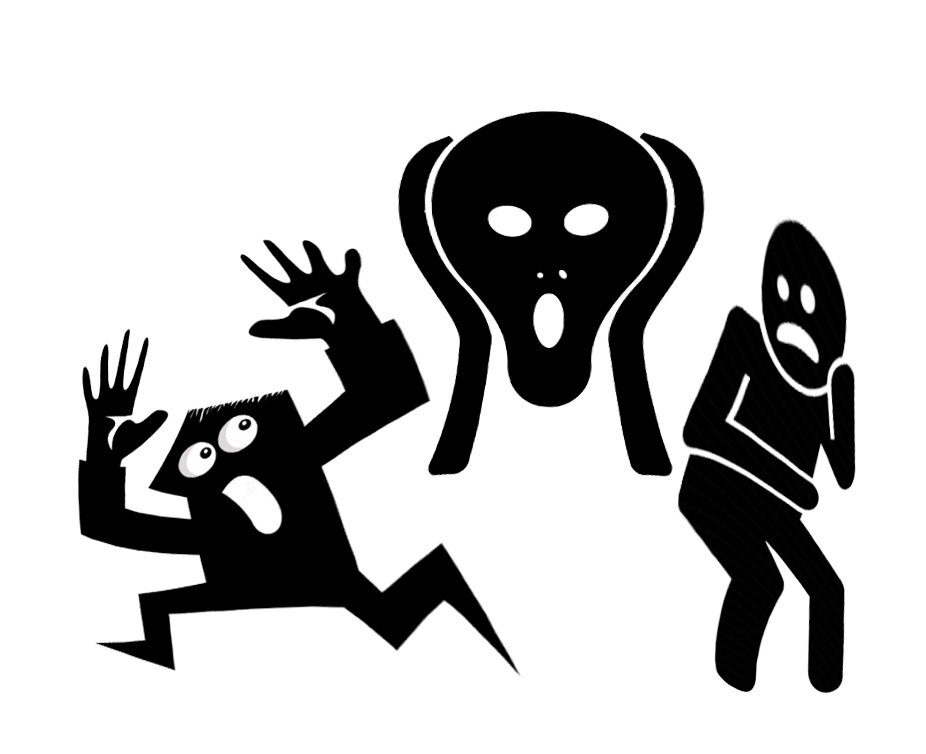 Serotonin selective reuptake inhibitors are good candidates for future treatment studies.
Serotonin selective reuptake inhibitors are good candidates for future treatment studies.
Similar articles
-
Chronic dizziness: the interface between psychiatry and neuro-otology.
Staab JP. Staab JP. Curr Opin Neurol. 2006 Feb;19(1):41-8. doi: 10.1097/01.wco.0000198102.95294.1f. Curr Opin Neurol. 2006. PMID: 16415676 Review.
-
A clinical taxonomy of dizziness and anxiety in the otoneurological setting.
Furman JM, Jacob RG. Furman JM, et al. J Anxiety Disord. 2001 Jan-Apr;15(1-2):9-26. doi: 10.1016/s0887-6185(00)00040-2. J Anxiety Disord. 2001. PMID: 11388360 Review.
-
Panic disorder and the vestibular system.
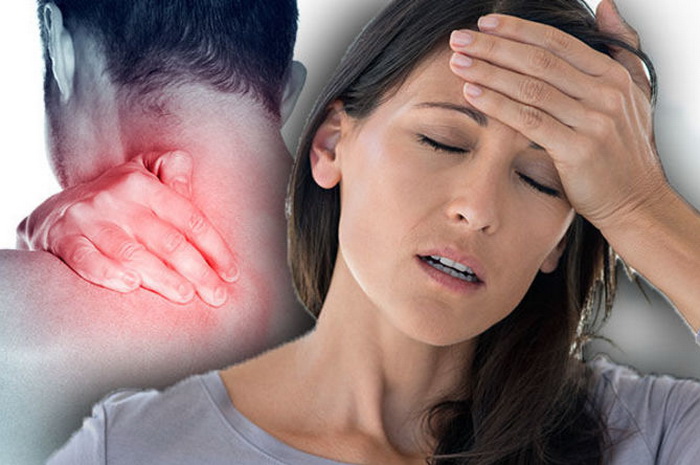
Jacob RG. Jacob RG. Psychiatr Clin North Am. 1988 Jun;11(2):361-74. Psychiatr Clin North Am. 1988. PMID: 3047705 Review.
-
Panic disorder in patients attending a clinic for vestibular disorders.
Stein MB, Asmundson GJ, Ireland D, Walker JR. Stein MB, et al. Am J Psychiatry. 1994 Nov;151(11):1697-700. doi: 10.1176/ajp.151.11.1697. Am J Psychiatry. 1994. PMID: 7943464
-
Dizziness associated with panic disorder and agoraphobia: case report and literature review.
Caliman e Gurgel JD, Costa KV, Cutini FN, Sarmento Júnior KM, Mezzasalma MA, Cavalcanti HV. Caliman e Gurgel JD, et al. Braz J Otorhinolaryngol. 2007 Jul-Aug;73(4):569-72. doi: 10.1016/s1808-8694(15)30111-7. Braz J Otorhinolaryngol.
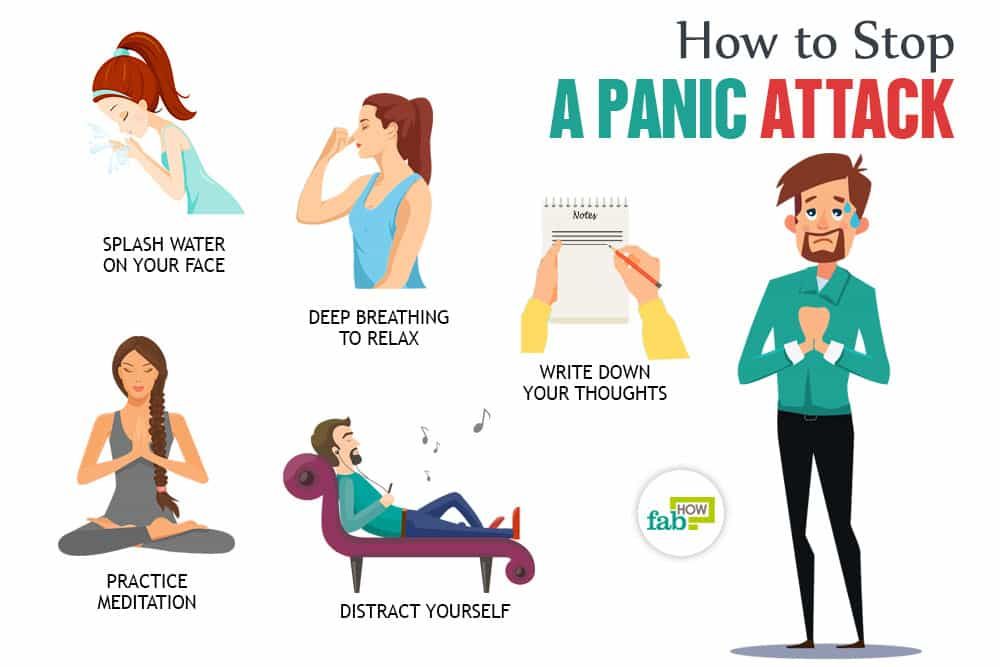 2007. PMID: 17923930 Free PMC article. Review.
2007. PMID: 17923930 Free PMC article. Review.
See all similar articles
Cited by
-
Responses to balance challenges in persons with panic disorder: A pilot study of computerized static and dynamic balance measurements.
Amiaz R, Kimel Naor S, Caspi A, Czerniak E, Noy S, Pelc T, Mintz M, Plotnik M. Amiaz R, et al. Brain Behav. 2022 Jan;12(1):e2411. doi: 10.1002/brb3.2411. Epub 2021 Nov 29. Brain Behav. 2022. PMID: 34843172 Free PMC article.
-
Virtual and augmented reality in the vestibular rehabilitation of peripheral vestibular disorders: systematic review and meta-analysis.
Heffernan A, Abdelmalek M, Nunez DA. Heffernan A, et al. Sci Rep. 2021 Sep 8;11(1):17843.
 doi: 10.1038/s41598-021-97370-9. Sci Rep. 2021. PMID: 34497323 Free PMC article.
doi: 10.1038/s41598-021-97370-9. Sci Rep. 2021. PMID: 34497323 Free PMC article. -
Post Earthquake Equilibrium Disturbance: A Study After Nepal-India Earthquake 2015.
Kumar V, Bhavana K. Kumar V, et al. Indian J Otolaryngol Head Neck Surg. 2019 Nov;71(Suppl 2):1258-1265. doi: 10.1007/s12070-018-1296-5. Epub 2018 Mar 13. Indian J Otolaryngol Head Neck Surg. 2019. PMID: 31750161 Free PMC article.
-
Comparison of virtual reality based therapy with customized vestibular physical therapy for the treatment of vestibular disorders.
Alahmari KA, Sparto PJ, Marchetti GF, Redfern MS, Furman JM, Whitney SL. Alahmari KA, et al. IEEE Trans Neural Syst Rehabil Eng. 2014 Mar;22(2):389-99. doi: 10.1109/TNSRE.2013.2294904.
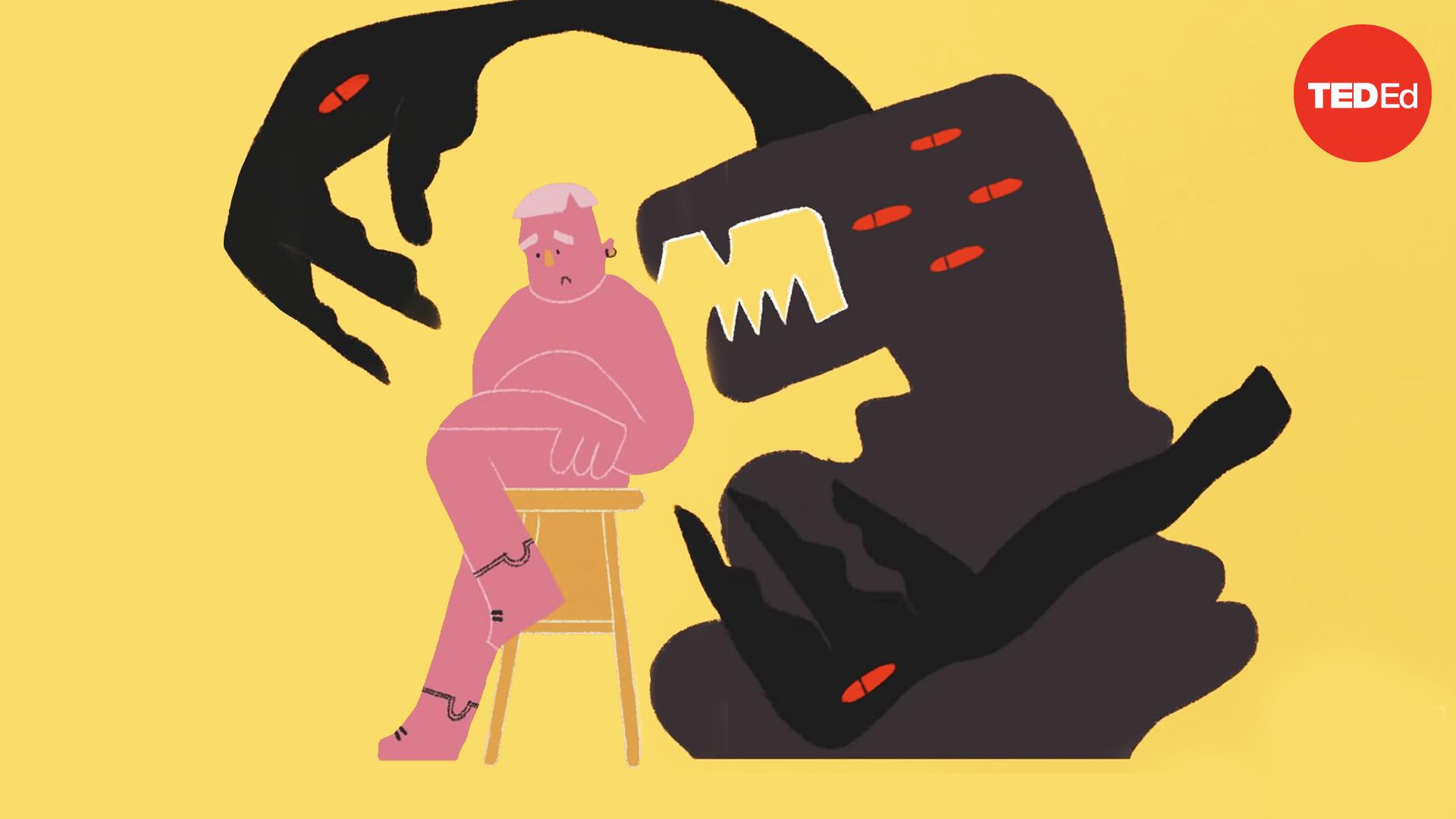 IEEE Trans Neural Syst Rehabil Eng. 2014. PMID: 24608691 Free PMC article.
IEEE Trans Neural Syst Rehabil Eng. 2014. PMID: 24608691 Free PMC article. -
The complex interaction between anxiety and cognition: insight from spatial and verbal working memory.
Vytal KE, Cornwell BR, Letkiewicz AM, Arkin NE, Grillon C. Vytal KE, et al. Front Hum Neurosci. 2013 Mar 28;7:93. doi: 10.3389/fnhum.2013.00093. eCollection 2013. Front Hum Neurosci. 2013. PMID: 23542914 Free PMC article.
See all "Cited by" articles
Publication types
MeSH terms
Substances
"X-Clinic" article - Symptoms of panic attacks and how to deal with them The editors of WMJ.
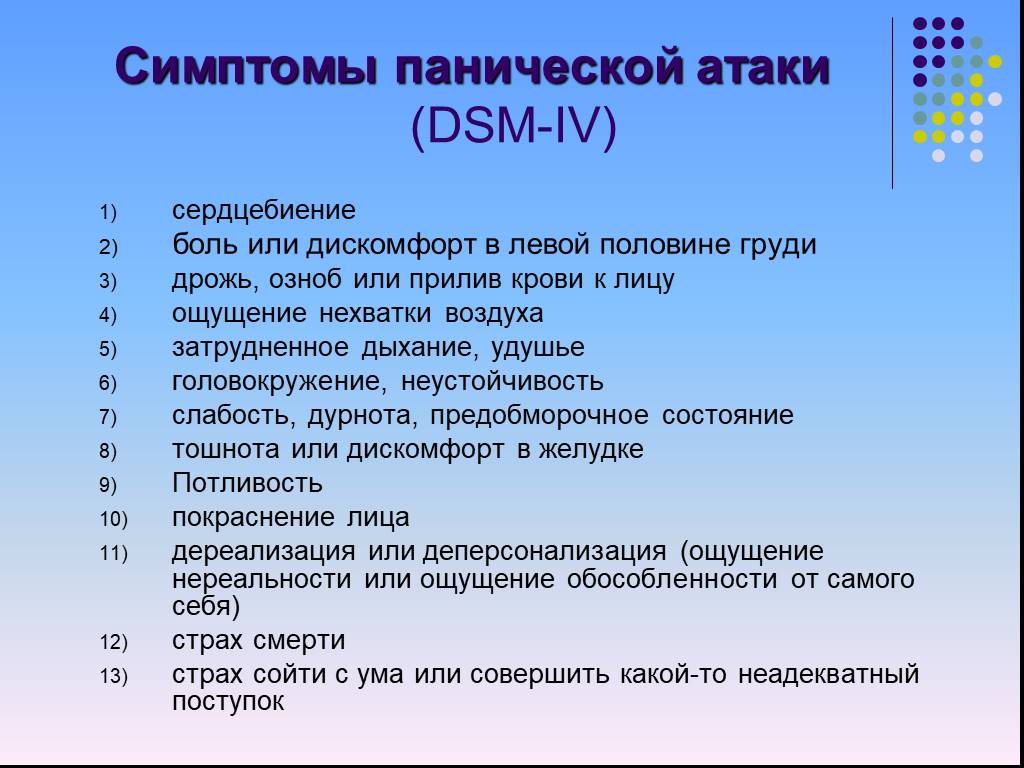 ru talked to a psychotherapist and learned everything about panic attacks first hand. Details - in our material!
ru talked to a psychotherapist and learned everything about panic attacks first hand. Details - in our material! What is a panic attack
A panic attack is an attack of sudden fear and intense anxiety for no apparent reason. The origins of panic disorder are not entirely clear. However, it is believed that the disease has a genetic predisposition and more often affects the fair sex. Women are more prone to panic attacks and suffer from this disorder 2-3 times more often than men. nine0003
Panic attacks cannot lead to death, despite the fact that this is the sensation that most often accompanies them. The more frequent attacks occur, the worse the quality of life becomes. People who have repeatedly experienced panic attacks become increasingly anxious and subconsciously try to avoid places or situations where and when they succumbed to fear. Those who have ever experienced an attack at night, subsequently face sleep disorders.
What are the symptoms of a panic attack
A panic attack is a case of an attack of fear with a sense of imminent death or anxiety, accompanied by certain symptoms. Most often, these include: rapid heartbeat and pulse, sweating, chills or a feeling of heat, tremors, shortness of breath and suffocation, dizziness, fainting, fear of death, and others. If 4 of the symptoms listed above are present, we can talk about an attack of a panic attack.
Most often, these include: rapid heartbeat and pulse, sweating, chills or a feeling of heat, tremors, shortness of breath and suffocation, dizziness, fainting, fear of death, and others. If 4 of the symptoms listed above are present, we can talk about an attack of a panic attack.
What to do in case of a panic attack
The most important thing to do during a panic attack is to shift your attention. Any method is fine for distraction. If the attack caught you in a public place, then you can clench and unclench your fists, rub your earlobes or step from foot to foot. If the panic caught you by surprise at home, try turning on the music, start doing household chores: washing dishes, dusting. Any activity that involves muscle work and requires attention will do. nine0003
Since a panic attack is accompanied by a rapid heartbeat and a feeling of stuffiness, it will not be superfluous to take a couple of sips of water and concentrate on breathing. It is best to learn a few techniques that will quickly relieve tension. In case of an attack, start with an exhalation - slow it down, and the pulse will also slow down. The ratio of the length of inhalation and exhalation should be 1:2. You can experiment and choose the technique that will help you. A smartphone can also help to distract from panic. Games, social networks - all this will switch attention and distract from a panic attack. nine0003
In case of an attack, start with an exhalation - slow it down, and the pulse will also slow down. The ratio of the length of inhalation and exhalation should be 1:2. You can experiment and choose the technique that will help you. A smartphone can also help to distract from panic. Games, social networks - all this will switch attention and distract from a panic attack. nine0003
How normal anxiety differs from a panic attack
The mechanism that triggers a panic attack is no different from what causes ordinary anxiety - both are psychophysical reactions to danger. The difference is that a panic attack is a reaction to danger in the absence of danger. Nevertheless, a false alarm triggers the same cascade of reactions as a normal alarm - the sympathetic system is activated, adrenaline is released.
A panic attack can occur against the background of excessive physical exertion, overwork and exhaustion, as well as against the background of the abuse of stimulants and alcohol. In addition, stress and unresolved conflict situations can provoke an attack. Lack of understanding of one's own experiences and feelings, a tendency to avoid negative emotions and ignore them also increase vulnerability to panic disorder.
In addition, stress and unresolved conflict situations can provoke an attack. Lack of understanding of one's own experiences and feelings, a tendency to avoid negative emotions and ignore them also increase vulnerability to panic disorder.
How to prevent a panic attack from turning into a panic disorder
Panic disorder is characterized by a number of symptoms, one of which is a panic attack. In order to make a diagnosis of "panic disorder", it is necessary that panic episodes manifest themselves constantly for a month and are not associated with threats, dangers and previous diseases. In addition, attacks should be accompanied by the following symptoms: anxiety about the repetition of attacks, loss of self-control, a sharp change in behavior. nine0003
How to treat panic attacks and when to see a specialist
Seeing a specialist for recurring panic attacks is a must. Therapy is selected individually and, as a rule, includes psychotherapeutic work and drug therapy. Psychotherapy implies a variety of techniques aimed at understanding and understanding the causes of problems, learning how to deal with the symptoms of the disease, methods of relaxation. Psychotherapy can take place in the form of individual meetings with a psychotherapist or in the form of group sessions with other patients. Drug therapy for panic disorder is carried out with various drugs that help reduce anxiety and fear. Appointment, correction of dosages and cancellation of treatment must be carried out under the supervision of a physician. nine0003
Psychotherapy implies a variety of techniques aimed at understanding and understanding the causes of problems, learning how to deal with the symptoms of the disease, methods of relaxation. Psychotherapy can take place in the form of individual meetings with a psychotherapist or in the form of group sessions with other patients. Drug therapy for panic disorder is carried out with various drugs that help reduce anxiety and fear. Appointment, correction of dosages and cancellation of treatment must be carried out under the supervision of a physician. nine0003
Modern neurotechnologies can also help in the treatment of panic attacks. Neurofeedback training methods have been developed for patients with panic disorder. During trainings, patients learn to manage their emotional state, they form new neural connections, and the level of anxiety decreases. In addition to professional help, lifestyle plays an important role in the treatment and prevention of panic attacks. Try not to abuse alcohol and caffeine, rest more, go in for sports, yoga is better. nine0025
Try not to abuse alcohol and caffeine, rest more, go in for sports, yoga is better. nine0025
Source: https://www.wmj.ru/krasota/telo/golovokruzhenie-zhar-i-dazhe-udushe-simptomy-panicheskikh-atak-i-kak-s-nimi-borotsya-razbiraem-s-vrachom.htm
Back to list
Panic attacks
Panic attacks (episodic paroxysmal anxiety) - attacks of severe anxiety (panic) or fear (most often - fear of death, less often - fear of losing consciousness, loss of control, helplessness or fear of "going crazy"), accompanied by a rapid heartbeat and a feeling of " suffocation, shortness of breath. Sometimes there are additional symptoms such as increased blood pressure, a feeling of "internal trembling", trembling in the limbs, a feeling of "hot flashes" of heat or cold, numbness of the extremities, increased sweating, a feeling of "unstability" or dizziness, nausea, derealization or depersonalization, etc. nine0003
Panic attacks last on average 5 to 30 minutes. However, sometimes they can last several hours, and in rare cases - up to several days.
However, sometimes they can last several hours, and in rare cases - up to several days.
I must say that even 30 years ago this disease was extremely rare. But now the incidence of panic attacks is increasing exponentially every year! Especially in big cities. Alas, panic attacks are considered a “disease of megacities”. And they suffer, most often, people with increased anxiety and the so-called perfectionists. nine0003
Earlier, in Soviet medicine, this disorder was called " sympathoadrenal crises ". This name, more than the modern one, reflected the essence of the processes occurring in the body during panic attacks. Nevertheless, I will not bother readers with a description of biochemical processes and a list of the hormones and neurotransmitters involved in these reactions. Knowing this practically does not affect the fact of the occurrence of seizures. Because biochemical processes are just an "intermediate link" in the chain of cause and effect relationships occurrence of panic attacks . What then is the "primary link", so to speak, the root cause?
What then is the "primary link", so to speak, the root cause?
Panic attacks occur suddenly, and, as it often seems, without any external causes or under the influence of minor unpleasant factors (an ordinary quarrel in the family, another trouble at work, overcrowding and stuffiness in a subway or train car, a long “traffic jam” on the road, etc.). etc.). In fact, panic attacks always occur against the background of an already long-term depression (most common), or after repeated or severe stress (or rather, distress). Don't be surprised by this, because it is quite difficult for an ordinary person, not a specialist, to diagnose depression. Especially, at himself. Moreover, its mild or atypical forms. Especially if it lasts a year or several years (and for some people - since childhood!). In this case, they may not even remember how they felt without depression. In this variant, the body functions “with the last of its strength”, works “at the limit of its capabilities”; and some minor unpleasant event can be the “last straw” for him! nine0059 Figuratively speaking, a panic attack is “hysteria of the body”, its “desperate cry: “I can’t do this anymore !!!”
Well, in the question "Who is to blame?" figured it out.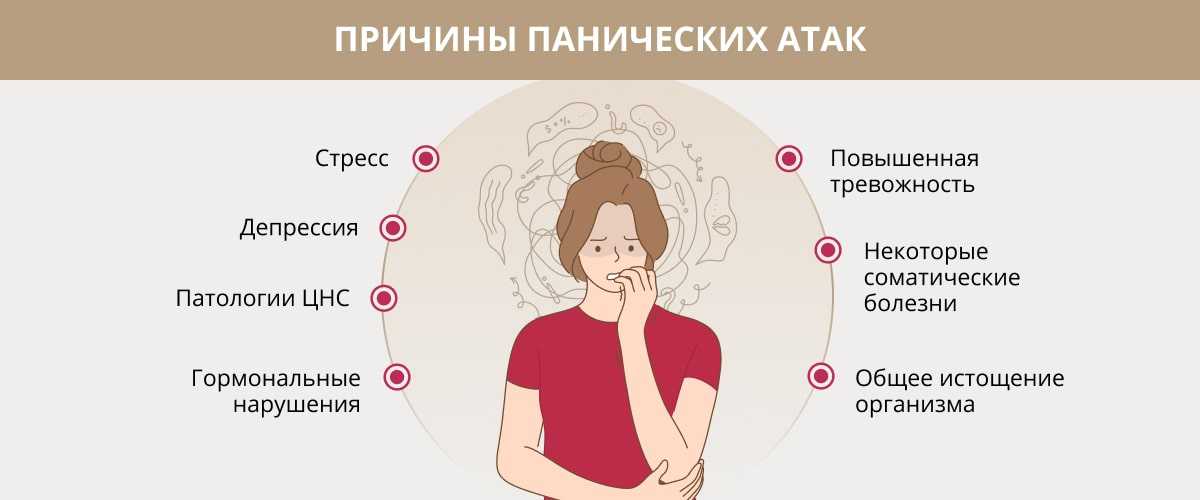 Now let's move on to the equally important question "What to do?" The fact that no one in the world has yet died from panic attacks is little consolation for those suffering from this excruciating disorder. To say that panic attacks are an unpleasant state is an understatement! These are unbearable sensations, and in the most severe cases, a real feeling of approaching death, which a person is sometimes forced to experience daily! And most importantly, he does not understand what is happening to him, and how to stop it! nine0003
Now let's move on to the equally important question "What to do?" The fact that no one in the world has yet died from panic attacks is little consolation for those suffering from this excruciating disorder. To say that panic attacks are an unpleasant state is an understatement! These are unbearable sensations, and in the most severe cases, a real feeling of approaching death, which a person is sometimes forced to experience daily! And most importantly, he does not understand what is happening to him, and how to stop it! nine0003
Panic attacks sharply reduce the quality of a person's life, subordinating her entire expectation of the next attack. And, accordingly, they affect social activity, sometimes making a person completely incapacitated.
When panic attacks first appeared in the clinical practice of physicians, they were treated empirically with various sedatives and tranquilizers. However, after their cancellation, the seizures reappeared, and with prolonged use of these drugs, tolerance (insensitivity) inevitably and rather quickly set in. Therefore, in order to stop panic attacks, it was necessary to constantly increase doses or resort to more “strong” tranquilizers. But everywhere there is a limit: the number of tranquilizers is not unlimited, especially their doses. It was necessary to remember another very important aspect: long-term use of these drugs causes dependence on them. And after the abolition of tranquilizers, the symptoms of mental and physical withdrawal joined the renewed panic attacks, which further worsened the patient's condition. nine0003
Therefore, in order to stop panic attacks, it was necessary to constantly increase doses or resort to more “strong” tranquilizers. But everywhere there is a limit: the number of tranquilizers is not unlimited, especially their doses. It was necessary to remember another very important aspect: long-term use of these drugs causes dependence on them. And after the abolition of tranquilizers, the symptoms of mental and physical withdrawal joined the renewed panic attacks, which further worsened the patient's condition. nine0003
Then the tactics of treatment were somewhat changed: antidepressants were added to "light" or small doses of "medium-powered" tranquilizers. And it was a "breakthrough" in the treatment of panic attacks! Because antidepressants do not just "relieve" the symptoms, but they affect the foundation on which these attacks are based - depression itself! Of course, in modern medicine there are a huge number of antidepressants, and the effectiveness of their effect on panic attacks is very different. But an experienced psychotherapist or psychiatrist can quite accurately select a drug that is suitable for a particular person. It is important to note that antidepressants have a cumulative effect, so their therapeutic effect does not appear immediately after the appointment, but after a certain time (on average, after a month). And, here, the full duration of treatment with antidepressants is, at best, from 6 to 12 months, and sometimes up to several years. nine0003
But an experienced psychotherapist or psychiatrist can quite accurately select a drug that is suitable for a particular person. It is important to note that antidepressants have a cumulative effect, so their therapeutic effect does not appear immediately after the appointment, but after a certain time (on average, after a month). And, here, the full duration of treatment with antidepressants is, at best, from 6 to 12 months, and sometimes up to several years. nine0003
At the same time, there are cases of especially severe courses of panic attacks, when the appointment of even "powerful" antidepressants for a sufficiently long time does not bring the desired effect, i.e. panic attacks do not stop completely, but only become less pronounced or occur less frequently. In this version, a person, anyway, does not feel healthy and constantly lives in fear of the next attack. In this case, doctors are forced to launch "heavy artillery" - to add NEUROLEPTICS to the treatment, which patients have to take for quite a long time. Antipsychotics have a large number of unpleasant side effects, which is why many patients refuse them. nine0003
Antipsychotics have a large number of unpleasant side effects, which is why many patients refuse them. nine0003
However, there is another way to treat panic attacks. He is not a drug! That is, there is a REAL METHOD OF COMPLETE CURING FROM PANIC ATTACKS, ABSOLUTELY WITHOUT RESORTING TO ANY KIND OF MEDICINES !!! This method is PSYCHOTHERAPEUTIC.
In the modern world there are a lot of different types and directions of psychotherapy. But, it must be said bluntly that with panic attacks, most of them are not effective without medical support. nine0003
However, the method that I use in my psychotherapeutic work is unique. It often allows you to completely eliminate panic attacks in 1 session! One or two more sessions are required to eliminate the FEAR of the appearance of seizures (or their expectation).
But in order to begin the direct elimination of panic attacks, a certain “intellectual” preparation of the patient is necessary. It requires from 8 to 12 sessions (depending on the severity of the disease and the personal characteristics of the patient) with a frequency of 1-2 sessions per week.
